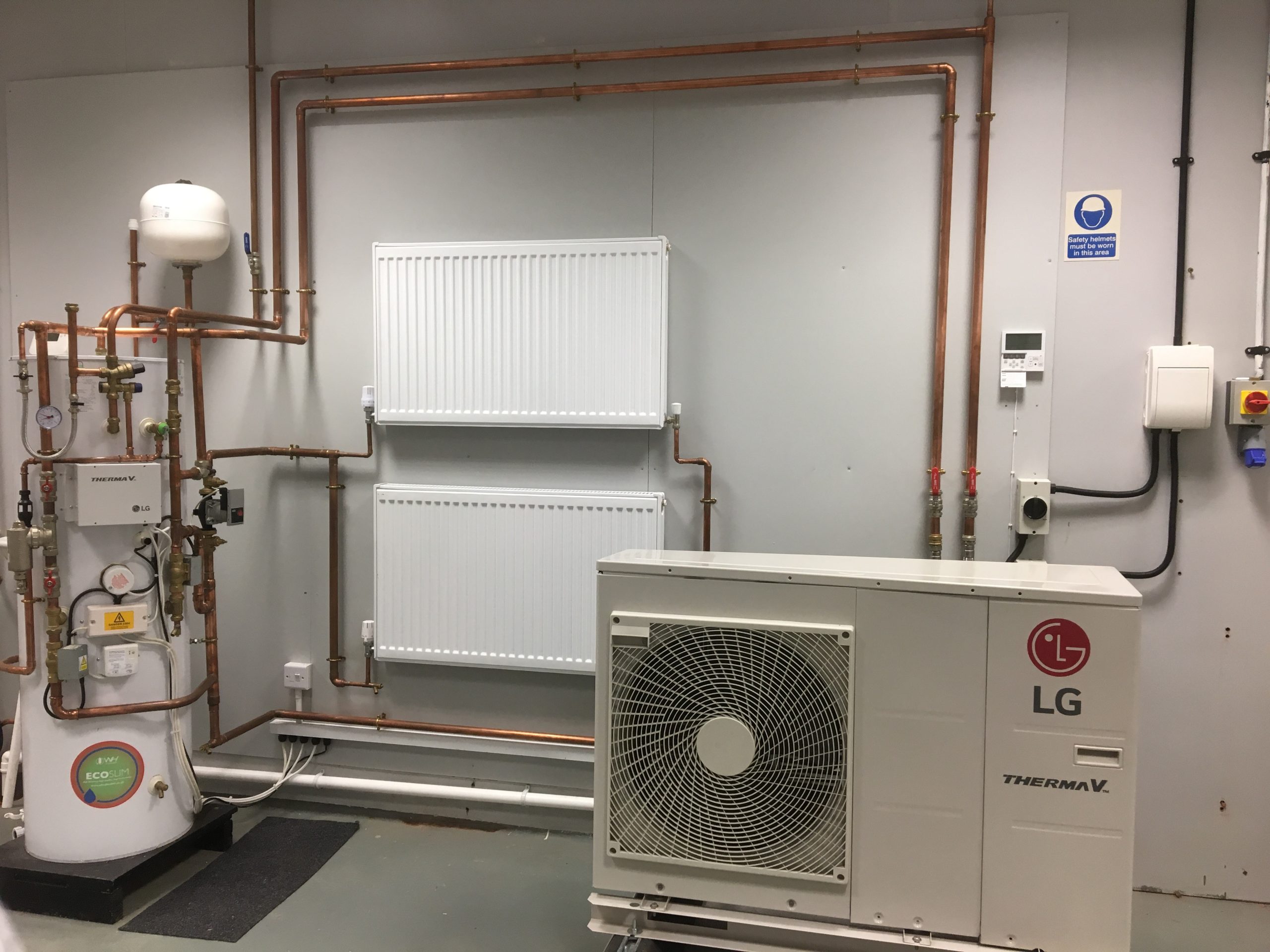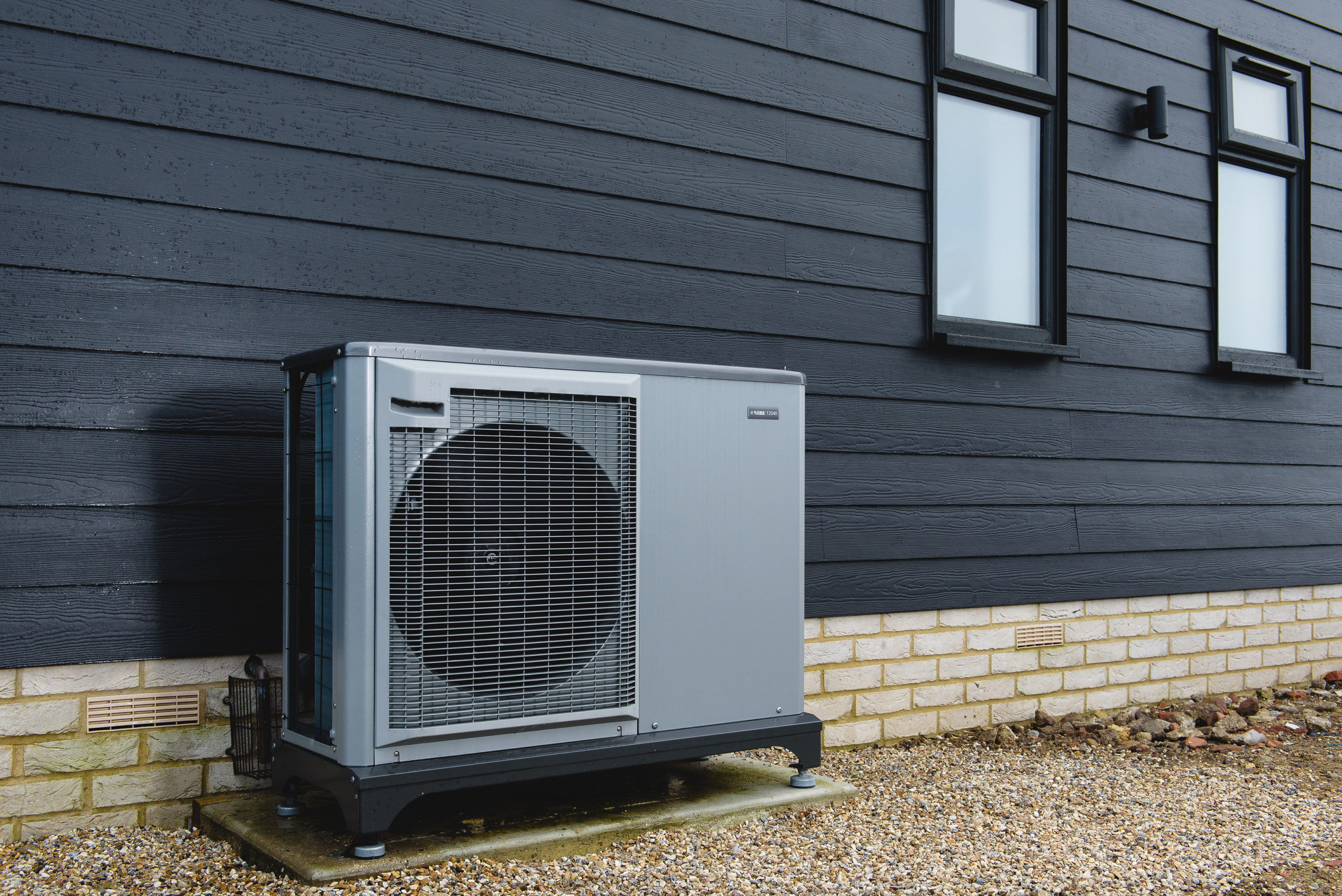The introduction of energy efficient geothermal heat pumps is a great opportunity to reduce the carbon footprint and save energy in buildings. In comparison with other heating and cooling technologies, geothermal heat pumps are considered as one of the most effective methods to provide comfort and warmth in homes and offices without using fossil fuels or electricity. These systems use renewable resources from the Earth’s interior to generate heat for space conditioning applications. The system uses ground source heat pump technology to transfer the earth’s heat to a thermal storage unit that stores the heat during off-peak hours. At peak demand, the stored heat will be used to supply conditioned air.
For all climates, maasoojuspumba hind(Masujuspiamba Hind) provide an effective replacement for furnaces and air conditioners. Similar to your refrigerator, heat pumps use electricity to move heat from one room to another, making the warm room warmer and the cool room cooler. Heat pumps transport heat from the chilly outside to your warm home during the heating season.
This article discusses more about geothermal heat pump systems.
Benefits of GHPs
There are several benefits of using geothermal heat pumps over traditional heating and cooling systems. They include:
- Low carbon emissions – GHPs do not emit any greenhouse gases like CO2, NOx, and SOx. This means you can get rid of worries about global warming.
- Energy savings – They can operate 24/7 and consume less than 10% of an average building’s energy usage.
- No need for fuel – Unlike conventional HVAC systems which require combustible fuels such as natural gas or propane, they don’t have to be fueled.
- Low maintenance costs – Maintenance costs are low because they run on automatic controls, no oil changes or filters, and no mechanical moving parts.
- Durable – It works over a long time period – up to 50 years.
- Quiet operation – They are more quiet than conventional central heating and cooling systems.
Costs
The initial cost of installing a geothermal heat pump system is higher than that of conventional HVAC systems. However, it decreases over time due to its lower operating costs and longer life span.
Types of Systems
There are two types of geothermal heat pump systems – closed loop and open loop. Open loop systems draw their heat from outside sources such as hot water and solar radiation while closed loop systems draw their heat from inside.
- Closed Loop Systems
These systems use groundwater or shallow soil layers near surface to extract heat from the earth. A series of pipes called “heat exchangers” collect this heat and transport it to a place where it can be used. These heat exchangers can either be underground or aboveground.
They use a refrigerant fluid circulating through the system to absorb heat from the surroundings and then transfer it to another region where it can be used. There are three categories of refrigerants in these systems – ammonia, hydrofluorocarbons (HFCs), and R134a. Ammonia has been shown to be less harmful to the environment than Freon refrigerants.
- Open Loop Systems
They use groundwater or shallow soil layers near the surface to extract heat from the earth. A heat recovery device collects this heat and transfers it to a location where it is used. There are two types of devices that recover heat from the earth’s surface: direct contact heat exchanger and indirect heat exchanger.
Direct Contact Heat Exchanger
It consists of copper tubes buried in the ground and filled with liquid refrigerant.
Indirect Heat Exchanger
It consists of a duct (water pipe) covered by insulation material. Ground heat flows into the duct via heat conduction and is transferred to the duct using heat transfer fluids such as water, brine, glycol, or even air.
Advantages and Disadvantages of GHPs
GHPs are ideal for homeowners who want to make the best use of available land resources and minimize the impact of energy consumption. They also help conserve water since they have minimal indoor air pollution. They are especially useful for areas where there is insufficient sunlight or cold temperatures.
However, if your home or office does not have adequate sunlight or if you live in an area with high humidity, you may not get much benefit from them. On the other hand, if the temperature difference between indoors and outdoors is too high, the efficiency of the system will decrease.
In addition, the installation of these systems requires that you dig holes in your yard and install conduits. For those who have small yards or gardens, this can be difficult and expensive. Also, some people find it hard to adjust to living next to a hole in the ground.
Other factors that affect the performance of a geothermal heat pump system include soil conditions, depth of the well bore, and the type of heat exchange medium.
How Do You Install a Geothermal Heat Pump System?
The installation process is quite easy. You just need to follow these steps:
- Select the right site for the wells
You must locate geothermal heat pump systems in areas where groundwater is present close to the surface. You should also consider factors such as local soil composition, water table depths, and nearby trees, shrubs, grasses, etc.
- Dig the wells
If you choose to drill deep wells, you will have to dig a trench at least 20 feet wide and 40 feet deep to accommodate the heating and cooling equipment.
- Prepare the site properly
After the trenches are dug, you will have to fill them with gravel and cement. Then, lay down a layer of sand or crushed stone. Next, pour concrete so the pipe lines can be laid. Once this is finished, cover the trench with a layer of clay or sand and leave the site for 3 to 4 months.
- Lay the pipe lines
You will first have to lay a plastic pipe line on the bottom part of the trench. When the ground thaws out, you will dig a second trench parallel to the first one and lay a pipe line for the upper part of the well.
- Drill the wells
Now you have to start drilling the wells. Make sure that you have the proper tools and equipment for the job.
- Put the coils in the well
Finally, you will connect the coils to the bottom of the well and cover them with a lid.
- Test the system
After all the work is done, you will have to test the system and make adjustments to ensure that it operates efficiently.
- Finish the installation
When everything is ready, you will have to finish the installation by covering the trench with soil and planting new grass and plants around the site.
You can get more information about geothermal heat pumps on our website.
How to Choose a Contractor?
When choosing a contractor to install your geothermal heat pump system, here are some tips to keep in mind:
- Ask for references from contractors before you hire anyone.
- Do not hesitate to ask questions regarding the project.
- Look for someone who offers free estimates and good warranties.
- Avoid contractors who give you the wrong information or try to charge you extra fees.
- Check out the company’s background and licensing.
Conclusion
Geothermal heat pumps are very efficient ways to provide comfortable and warm environments. However, there are certain challenges associated with these systems including locating suitable sites, preparing the site, and choosing the right contractor. Fortunately, there are many professionals who specialize in geothermal heat pump systems and can help with these issues.
For more information on geothermal heat pumps, visit our website today.



